All Posts
View Other Categories

Healing the Intergenerational Trauma of WWII Incarceration through Art
As one of Densho’s 2019 artists-in-residence, Mari Shibuya recently completed a mural that visualizes the histories of three Pacific Northwest Japanese American families. In this guest blog post, she reflects…

Highlights from Densho’s 2019 Artist Initiative
As we witness everyday reminders that “Never Again” is right now, it’s become clear that stories of Japanese American WWII incarceration matter today more than ever. Last year we launched…
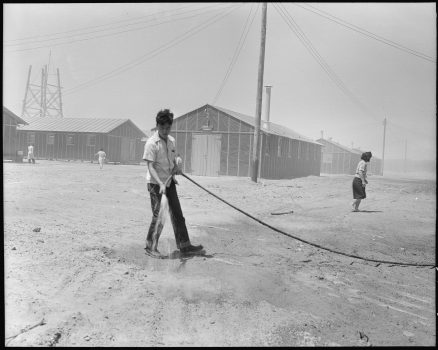
Ten Things That Made Poston Concentration Camp Unique
The Colorado River “Relocation Center”—more commonly referred to as Poston—was located in the Arizona desert a few miles from the California border. The largest and most populous of the War…
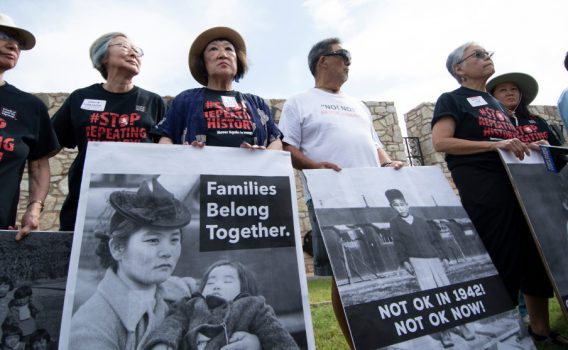
An Open Letter to Detention Profiteer Jennifer Nakamoto
Dear Jenni, Like you, we are the children and grandchildren of Japanese Americans who experienced the humiliation and degradation of WWII incarceration. Like you, our families have faced “disadvantage and…

Ten Little Known Stories About Topaz Concentration Camp
The “Central Utah Relocation Center”—more popularly known as Topaz—was located at a dusty site in the Sevier Desert and had one of the most urban and most homogeneous populations of…
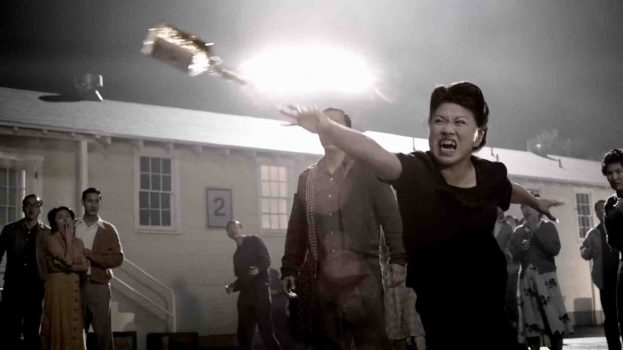
10 TV Shows That Depicted Japanese American Incarceration, For Better or For Worse
On August 12, the second season of AMC’s The Terror drops, set against the backdrop of the World War II removal and incarceration of Japanese Americans. (Full disclosure: Densho aided…
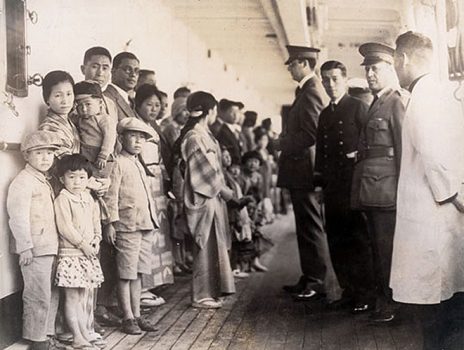
Immigration Bans are Object Lessons in Weaponized White Fears
The Immigration Act of 1924 created a national origins quota for the first time in U.S. history, and a complete and total ban on Japanese immigration. Building on a half-century…

What #YuriTaughtMe: Lessons from Yuri Kochiyama on Her 98th Birthday
To celebrate what would have been Yuri Kochiyama‘s 98th birthday, we asked next-gen Nikkei artists and activists to share what they’ve learned from Yuri’s revolutionary life — and how they…
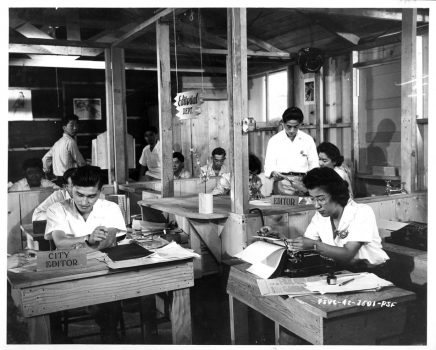
Thieving Guards, Mass Food Poisoning, and Other Facts of Life in Fresno Assembly Center
The Fresno Assembly Center* (FAC) opened on May 6, 1942 and held a total of 5,344 Japanese Americans forcibly removed from the Fresno and Sacramento areas. One of fifteen dedicated…
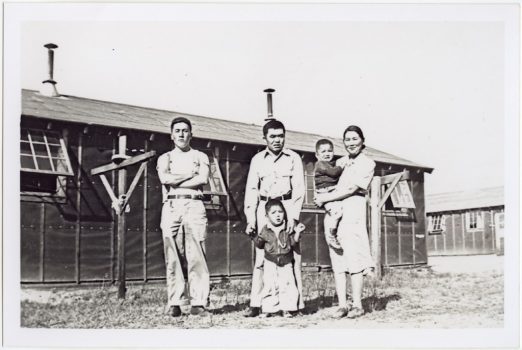
It’s Time to Retire WWII-Era Euphemisms for Japanese American Incarceration
It seems like more people are talking about Japanese American history than ever before. As it’s become increasingly relevant to our country’s current political moment, the Japanese American story has…
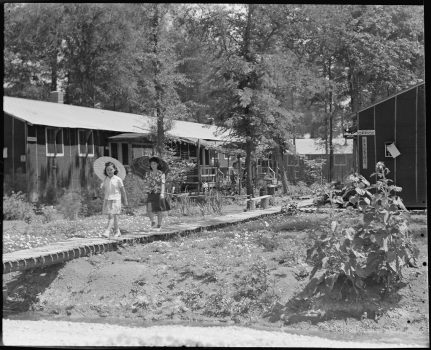
10 Little-Known Stories About Rohwer Concentration Camp
If there’s one true thing about studying history, it’s that there’s always more to learn. Less (in)famous than sites like Manzanar and Tule Lake, Rohwer was one of two WRA…
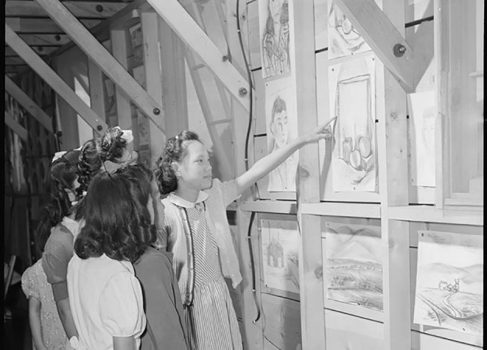
Introducing Densho’s 2019 Artists Initiative Recipients
We’re pleased to introduce the two artists who will receive 2019 Densho Artists Initiative funding! Out of a wide selection of gifted artists and their powerful proposals, Brynn Saito and…

Setsuko Matsunaga Nishi: Creating Community and Building Bridges After WWII Incarceration
Setsuko Matsunaga Nishi was born in Los Angeles on October 17, 1921, the second of four children—and oldest of three sisters—of Hatsu and Tahei Matsunaga. She grew up in a…

Patsy Mink: Ahead of the Majority and Ahead of Her Time
Patsy Takemoto Mink was born in Pā`ia, Maui, on December 6, 1927, to Nisei parents Suematsu and Mitama Takemoto. Like many Japanese Americans growing up in Hawai`i at that time,…

Smashing the Patriarchy since 1895: The Anti-Violence Advocacy of Issei Pioneer Yeiko Mizobe So
Yeiko Mizobe So was born in Fukuoka on December 4, 1867 to samurai Nobuhara Mizobe and his wife Ino. She and her three siblings grew up in a fairly privileged…

From Poston to the Prison Industrial Complex: Mia Yamamoto’s Unwavering Fight for Justice
Mia Yamamoto was, in her own words, “born doing time” in Poston in September 1943, and spent the first years of her life confined in an isolated prison camp in…
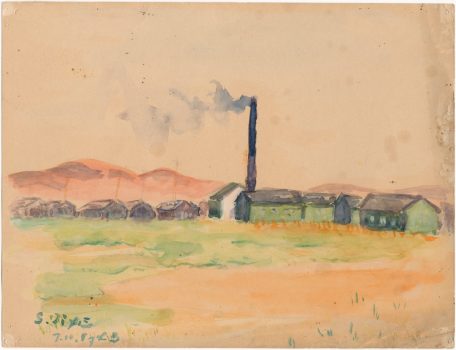
Japanese American Artists Behind Barbed Wire
Following the forced exile from the West Coast under Executive Order 9066, many incarcerated Japanese Americans turned to art as a way to cope with their harsh prison environment. Stripped…
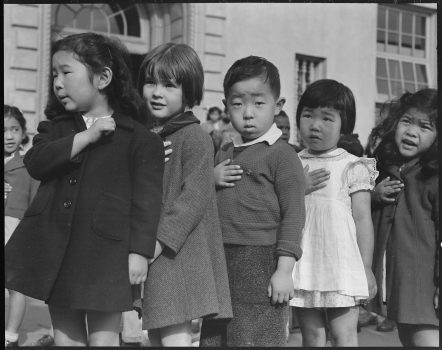
This Isn’t The First Time White Supremacists Have Tried to Cancel Birthright Citizenship
In the latest in a long string of attacks on immigration, this week Trump declared he would issue an executive order ending birthright citizenship. Established by the 14th amendment in…

Give BIG to Densho on May 9th
Do you love the stories we share at Densho? Use our digital archives and educational materials? Appreciate the insightful analysis, on-the-ground advocacy, and fire clapbacks we deliver online and IRL?…

An Open Letter to the Incarceration Apologists in Our Comment Section
First of all, thank you for taking time out of your busy schedule of being triggered by other people’s gender pronouns, asking women what they were wearing, and trying to…
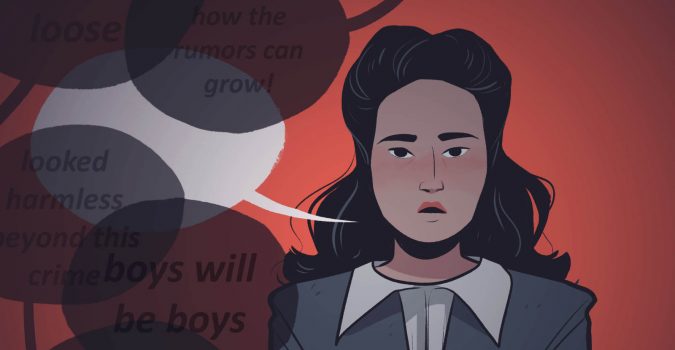
Sexual Violence, Silence, and Japanese American Incarceration
In recent months, an outpouring of stories of sexual harassment, abuse, and assault has sparked long overdue conversations around the prevalence of sexual violence and the policies, attitudes, and silences…
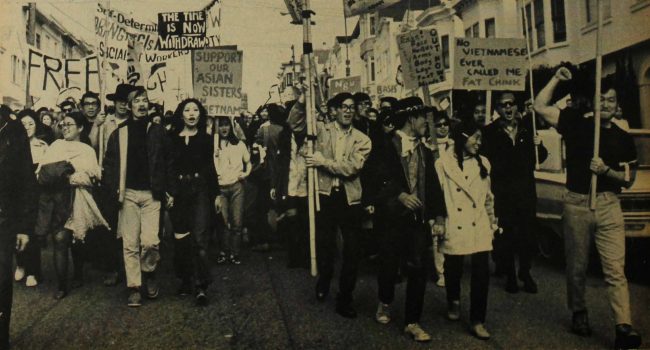
In the Belly of the Monster: Asian American Opposition to the Vietnam War
The Vietnam War, which officially commenced on November 1, 1955 and lasted for nearly twenty years, cost the lives of over 58,000 Americans and more than 3 million Vietnamese, Cambodian,…

Of Spies and G-Men: How the U.S. Government Turned Japanese Americans into Enemies of the State
On December 7, 1941, Sumi Okamoto, then 21, was busy getting ready for her wedding. Oblivious to the reports of bombs falling on faraway Pearl Harbor, Sumi put on her…
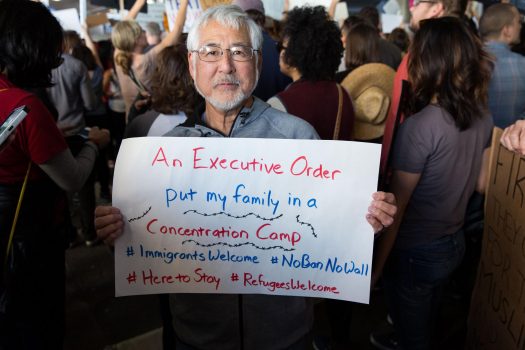
The Muslim Ban Is Racial Profiling—And We’ve Seen It Before
On October 10, the Supreme Court will hear two cases contesting President Trump’s Executive Order 13780, which threatens to ban travel to the U.S. from six Muslim-majority countries and halt…